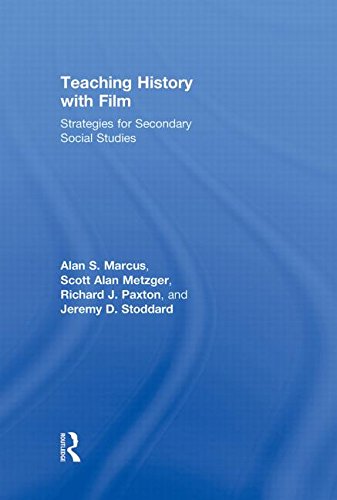

Most ebook files are in PDF format, so you can easily read them using various software such as Foxit Reader or directly on the Google Chrome browser.
Some ebook files are released by publishers in other formats such as .awz, .mobi, .epub, .fb2, etc. You may need to install specific software to read these formats on mobile/PC, such as Calibre.
Please read the tutorial at this link: https://ebookbell.com/faq
We offer FREE conversion to the popular formats you request; however, this may take some time. Therefore, right after payment, please email us, and we will try to provide the service as quickly as possible.
For some exceptional file formats or broken links (if any), please refrain from opening any disputes. Instead, email us first, and we will try to assist within a maximum of 6 hours.
EbookBell Team

4.0
56 reviewsVisit any school in the United States and chances are that you will find at least one of the social studies teachers showing a film about history. Along with the textbook, movies are one of the most prominent teaching aids in the history classroom. Yet, when middle and high school history teachers look for models of the effective use of motion pictures in history classrooms, the cupboard is surprisingly bare. Teaching History with Film provides a fresh, engaging, and clear overview of teaching with film to effectively enhance social studies instruction. Using cases of experienced teachers to illustrate accomplished history teaching through the use of movies, this text provides pre- and in-service teachers with ideas for implementing film-based lessons in their own classrooms and offers a deeper understanding of the thorny issues involved in using film to teach history.
Each section of the book focuses on how teachers can effectively support the development of students’ historical film literacy through topics such as using film to develop historical empathy, to develop interpretive skills, and to explore controversial issues. By developing the skills students need to think critically about the past or what they think they know about history, the lessons in this book illustrate how to harness the pedagogical power of film to provide the tools necessary for rigorous inquiry and democratic citizenship.
Special features include: